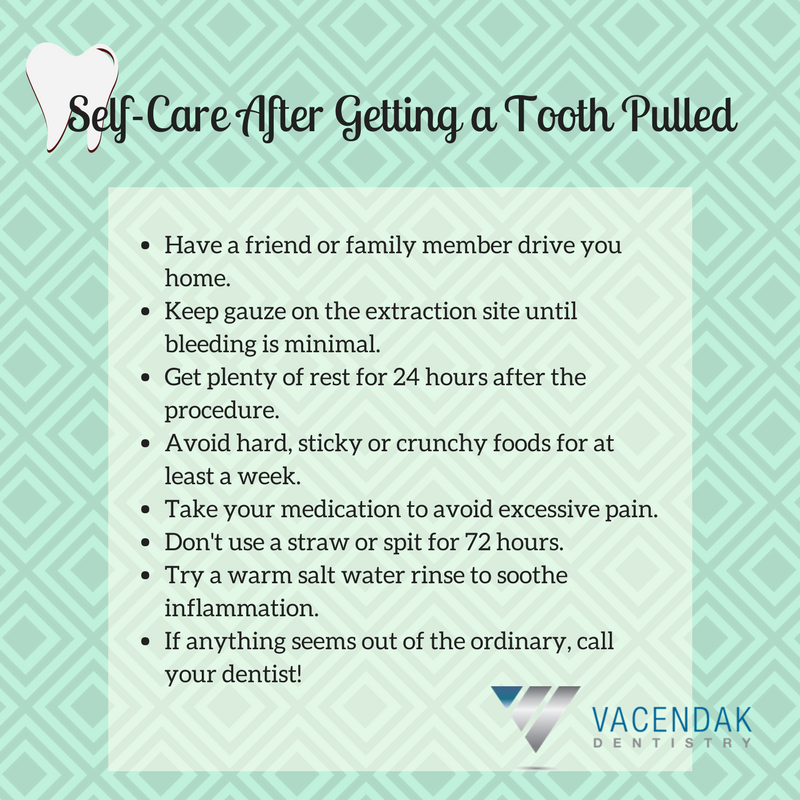10+ Get Tooth Pulled Options To Save Time

Getting a tooth pulled, also known as tooth extraction, is a common dental procedure that can be necessary for a variety of reasons, including tooth decay, gum disease, or to make room for orthodontic treatment. If you’re facing the prospect of having a tooth pulled, it’s natural to want to explore options that can save you time, reduce discomfort, and minimize the impact on your daily life. Here are 10+ options to consider:
Same-Day Extraction and Implant Placement: For some patients, it’s possible to have a tooth extracted and an dental implant placed on the same day. This can be a significant time-saver, as it combines two procedures into one visit. However, not all patients are candidates for this approach, so it’s essential to discuss your options with your dentist or oral surgeon.
Sedation Dentistry: Sedation dentistry can make the tooth extraction process feel quicker and more comfortable. Options range from mild relaxation to deeper sedation, depending on your needs and preferences. This can help reduce anxiety and make the procedure feel like it’s over before you know it.
Laser-Assisted Extractions: Laser technology is being increasingly used in dentistry for its precision and the minimal trauma it causes to the surrounding tissue. Laser-assisted extractions can lead to less bleeding, swelling, and discomfort, potentially reducing recovery time.
Piezoelectric Surgery: This is a more advanced technique that uses ultrasonic vibrations to cut the bone, making the extraction process less invasive. It can be beneficial for complex cases, such as impacted teeth, and may result in faster healing.
Platelet-Rich Fibrin (PRF) Therapy: PRF is derived from the patient’s own blood and is rich in growth factors that can enhance healing. Applying PRF to the extraction site can promote faster recovery and reduce the risk of complications.
Advanced Diagnostic Techniques: Utilizing advanced diagnostic tools like 3D imaging can help your dentist or oral surgeon plan the extraction with greater precision. This can lead to a more straightforward procedure and potentially fewer complications.
In-Office Sedation vs. General Anesthesia: For complex extractions or for patients with high anxiety, general anesthesia might be considered. However, in-office sedation can often provide a similar level of comfort without the need for a hospital visit, saving time and potentially reducing costs.
Tooth Sectioning: In some cases, a tooth that is difficult to remove might be sectioned, or cut into pieces, to make the extraction process easier and less traumatic. This technique can reduce the time required for the procedure and minimize discomfort.
Digital Dentistry: The use of digital impressions and 3D printing can streamline the process of creating temporary or permanent restorations after a tooth extraction. This can save time in the long run by reducing the number of visits needed to achieve the final result.
Combining Procedures: If you need multiple teeth extracted, considering doing them in one session can be more efficient, especially if you’re going to be under sedation anyway. This approach can save time in the long term, as you’ll only need to recover once.
Recovery Kits and Post-Operative Care Plans: Some dental practices offer comprehensive recovery kits and personalized post-operative care plans. These can include everything from pain management advice to nutritional guidance, helping you recover more quickly and comfortably.
Follow-Up Appointments via Telemedicine: For post-operative check-ups, telemedicine can be a convenient option, saving you the time and hassle of having to visit the dentist’s office. This can be especially beneficial for patients who live far from their dental care provider or have mobility issues.
When considering these options, it’s crucial to discuss them with your dentist or oral surgeon to determine the best approach for your specific needs. Each patient’s situation is unique, and what works for one person may not be the best solution for another. By exploring these possibilities, you can work with your dental care provider to create a treatment plan that not only addresses your dental health needs but also fits your lifestyle and preferences.
What are the primary reasons for needing a tooth extraction?
+The primary reasons for needing a tooth extraction include severe tooth decay, periodontal disease, tooth damage due to injury, or overcrowding. In some cases, teeth may need to be extracted to prepare the mouth for orthodontic treatment.
How long does it take to recover from a tooth extraction?
+Recovery time from a tooth extraction can vary depending on the complexity of the procedure and the individual's health. Generally, it can take a few days to a week for the mouth to heal, with most people able to return to their normal activities within 24 to 48 hours.
Are there any alternatives to tooth extraction?
+Yes, there are alternatives to tooth extraction, depending on the condition of the tooth. These can include root canal therapy, dental crowns, or fillings for teeth that are damaged but still salvageable. It's essential to consult with a dental professional to explore all available options.
In conclusion, while tooth extraction might seem like a daunting procedure, there are numerous options and advancements in dental care that can make the process more efficient, comfortable, and tailored to your needs. By discussing these options with your dentist or oral surgeon, you can navigate the process with confidence, knowing you’re receiving the best possible care.
